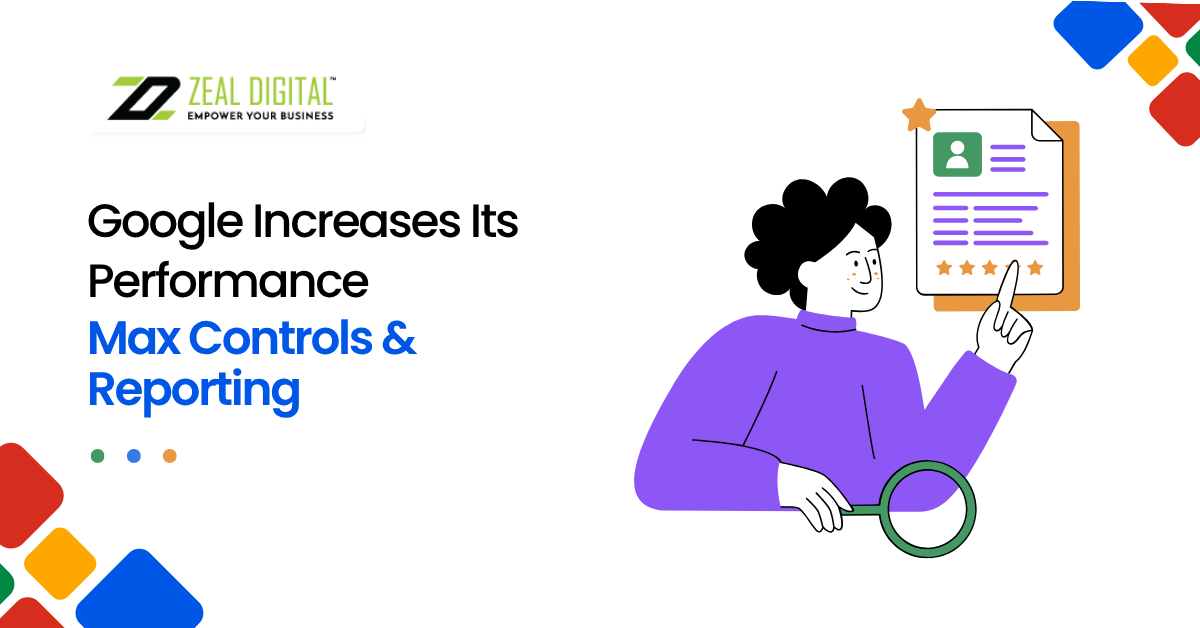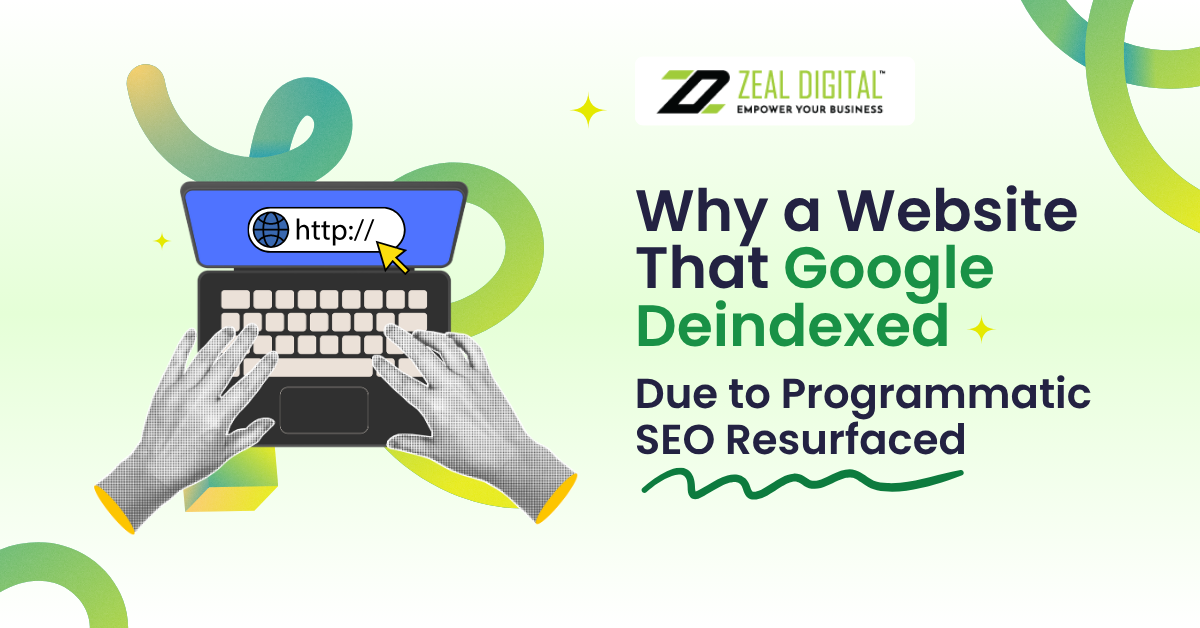In the dynamic landscape of social media and professional networking, even a platform as established as LinkedIn continues to experiment with new ways of delivering content. Yet, not every experiment meets user expectations. Recently, LinkedIn announced that it is scaling back its alternative news feed test, an initiative designed to give users greater control over what content appears in their feed.
While the concept had potential to reshape how professionals consume information on LinkedIn, it ultimately highlighted the challenges of balancing algorithmic efficiency with user personalisation. This blog explores what the test entailed, why LinkedIn decided to roll it back, and what it means for content creators, marketers, and everyday users of the platform.
What Was LinkedIn’s Alternative News Feed Test?
LinkedIn’s main feed has long been powered by an algorithm designed to prioritise relevant professional updates, thought leadership posts, and job-related content. However, users have often expressed frustration about seeing too many promotional posts or irrelevant updates that clutter the feed.
In response, LinkedIn began testing an alternative feed experience, allowing users to choose content categories like:
- Work-related news
- Industry-specific updates
- Product launches or company announcements
- Career growth and professional development stories
The aim was to give professionals more freedom over their feed, enabling them to switch between different “views” depending on what they wanted to focus on at that moment. For example, a marketing professional might want to view Marketing Trends one day and Leadership Insights the next, all within a personalised feed environment.
Why did LinkedIn Launch the Experiment?
LinkedIn’s primary goal was to enhance user experience and reduce feed fatigue. Many users felt that the default feed blended too many types of posts, personal reflections, brand updates, hiring notices, and even memes.
By offering an alternative feed option, LinkedIn hoped to:
- Increase relevance by tailoring what professionals see.
- Improve engagement by making posts more aligned with user intent.
- Encourage topic-specific discovery allowing professionals to dive deeper into their areas of expertise.
- Test content curation models to explore how user-led selection compares with algorithmic recommendation.
It was also seen as part of LinkedIn’s broader push to become not just a networking site, but a professional content ecosystem where users learn, engage, and build influence through meaningful industry insights.
Why LinkedIn Decided to Scale It Back
Despite positive intentions, the alternative feed didn’t gain the expected traction. Several key factors led LinkedIn to scale back the test:
1. Low User Adoption
Many users simply preferred the standard feed. LinkedIn’s algorithms are already highly tuned to individual user behaviour, understanding which posts get clicks, comments, or longer dwell time. In contrast, the alternative feed required users to manually switch between categories, a step many didn’t take consistently.
2. Reduced Engagement
Data reportedly showed that users who tried the alternative feed spent less time engaging with content. This might have been due to content segmentation, which limited the diversity of posts and conversations that typically make LinkedIn lively and dynamic.
3. Complexity in Feed Management
From a technical standpoint, maintaining multiple feed options added complexity to LinkedIn’s own backend systems. Managing content categorisation, ranking signals, and ad placements across different feeds increased overheads without guaranteeing better user outcomes.
4. Advertiser Considerations
LinkedIn’s advertising model depends heavily on engagement and visibility. Splitting audiences across multiple feeds could dilute ad performance, making it harder for advertisers to reach a broad professional base efficiently.
5. Algorithmic Overlap
LinkedIn’s AI-powered content discovery tools already deliver personalised results. Many of the benefits of the alternative feed were already achievable through LinkedIn’s existing Followed Topics and My Network filters, making the new feed somewhat redundant.
LinkedIn’s Official Statement and Future Plans
While LinkedIn hasn’t abandoned personalisation efforts altogether, the company clarified that it’s pausing the test to evaluate results and learn from user behaviour. A spokesperson confirmed that insights from the experiment will help refine future iterations of feed personalisation, possibly leading to new features that blend user control with AI curation.
In essence, LinkedIn isn’t giving up on improving the feed. It’s stepping back to make smarter, data-informed decisions on how to deliver the best of both worlds: personalisation without complexity.
What This Means for Users
The rollback of LinkedIn’s alternative feed doesn’t mean users lose control over what they see. Instead, the focus shifts back to refining existing tools and algorithmic personalisation. Here’s how this affects you:
- Customising Your Feed Still Matters
You can still manage your content preferences by unfollowing irrelevant connections, muting hashtags, and engaging with posts that align with your interests. LinkedIn’s algorithm learns from your activity to adjust future recommendations. - Content Discovery Will Improve
Expect LinkedIn to refine its discovery systems using insights from the test. Future updates may include better topic tagging, more precise content recommendations, and clearer feed filters. - Less Fragmentation, More Simplicity
Instead of toggling between feeds, you’ll continue experiencing a single, unified feed but one that’s smarter, cleaner, and more reflective of your professional goals.
What This Means for Content Creators and Marketers
For brands and marketers, this development offers valuable takeaways about how LinkedIn users consume content and what they truly value.
1. Quality and Relevance Reign Supreme
The experiment reinforced that LinkedIn audiences engage more with authentic, insightful, and value-driven content. Overly segmented or repetitive updates fail to capture attention.
Creators should focus on providing genuine thought leadership sharing lessons learned, industry analysis, and actionable advice.
2. Engagement Signals Are Critical
LinkedIn’s algorithm thrives on engagement signals. The more your post earns comments, saves, and shares, the more it will appear in others’ feeds. Craft posts that prompt meaningful discussion rather than passive likes.
3. Experimentation Is Essential
Although LinkedIn pulled back its feed experiment, marketers shouldn’t fear testing new formats from native articles and newsletters to video and carousel posts. Consistent experimentation helps determine what resonates with your audience.
4. Stay Authentic and Professional
LinkedIn is not Instagram or Twitter. While personal insights are welcome, the content must remain professional and relevant. Avoid posting purely promotional material; it often performs poorly, especially as the algorithm favours conversation & thought value.
The Bigger Picture: LinkedIn’s Evolution in the AI Era
This rollback also reflects how AI and automation are influencing social platforms. LinkedIn, owned by Microsoft, continues to integrate AI tools into its ecosystem from recruitment recommendations to automated content suggestions.
As AI becomes more embedded, LinkedIn faces a balancing act: maintaining algorithmic precision while respecting user autonomy. The alternative feed experiment was a test of that balance and its scaling back suggests users still prefer the algorithm to do most of the heavy lifting.
We can expect LinkedIn to double down on AI personalisation, not abandon it. Future features may include:
- Smarter AI-curated content highlights
- Personalised news digests
- Predictive engagement prompts
- More intuitive ways to follow industries or thought leaders
These innovations will keep LinkedIn’s core feed central, while enhancing how users interact with content across the platform.
Lessons for Digital Marketers
The lesson from LinkedIn’s feed experiment extends beyond the platform itself. For marketers, it underscores the importance of understanding user intent and adapting strategy accordingly.
- Listen to audience behaviour If users show resistance to added complexity. Simplify your content delivery.
- Personalisation matters, but convenience wins. Even the best customisation fails if it feels like work.
- AI should empower, not overwhelm. Use automation to enhance experience, not complicate it.
- Data is everything: LinkedIn’s decision was data-driven, and marketers should follow the same principle: track, measure, refine.
What’s Next for LinkedIn’s Feed Strategy?
Although the alternative feed test didn’t roll out globally, its insights will likely shape LinkedIn’s next wave of features. Here’s what to watch for:
- Smarter Content Filters
LinkedIn might introduce new filtering options integrated directly within the main feed making it easier to toggle between topics like Company News or Learning Opportunities. - AI-Powered Personalisation Controls
Instead of manually switching feeds, users could adjust sliders or toggles to prioritise content types (For example: more thought leadership, fewer job posts). - Enhanced Creator Analytics
LinkedIn may give creators better insights into who’s engaging with their content and why, enabling more data-driven posting strategies. - Cleaner Feed Experience
Expect a greater emphasis on reducing spam and repetitive content. LinkedIn is already cracking down on engagement-baiting and low-quality posts.
Conclusion
LinkedIn’s decision to scale back its alternative news feed test is not a failure; it’s an adjustment. The experiment provided invaluable insights into how professionals prefer to interact with content and how AI can enhance, rather than replace, human-curated experiences.
For users, it means a more streamlined, intelligent feed experience that continues to evolve. For marketers and creators, it’s a reminder to prioritise relevance, authenticity, and quality engagement over quantity or complexity.
As LinkedIn continues refining its algorithms, one thing remains certain: the platform’s future lies in personalisation that feels effortless where users get what they need, when they need it, without unnecessary steps or noise.
In a digital world driven by data and human connection, balance is everything and LinkedIn’s latest move is one more step toward achieving it.
And as businesses continue refining their own online strategies, aligning social media engagement with targeted marketing campaigns, including holistic digital services such as SEO packages in Parramatta, can ensure sustained growth and visibility in an increasingly competitive environment.
FAQs:
2. Why did LinkedIn decide to scale back the alternative feed?
LinkedIn scaled back the alternative feed because user adoption was low and engagement dropped among those who used it. Many users preferred the simplicity of a single, algorithm-driven feed rather than manually switching between content categories.
3. How did the alternative feed affect content creators and marketers?
For content creators and marketers, the alternative feed experiment highlighted the importance of producing engaging, relevant, and authentic content. Posts that encouraged interaction and conversation continued to perform best, regardless of feed type.
4. Does scaling back the alternative feed mean LinkedIn is abandoning personalisation?
Not at all. LinkedIn is still committed to improving personalisation through AI-driven algorithms. The company is refining how it delivers tailored content experiences without requiring users to manually change settings or feeds.
5. What can users do to control what they see in their LinkedIn feed now?
Users can manage their feed by engaging with content they enjoy, unfollowing irrelevant connections or hashtags, and using features like I don’t want to see this. LinkedIn’s AI automatically adjusts recommendations based on these signals to make the feed more relevant.
6. How will this decision impact advertisers and brands?
By maintaining a single, more cohesive feed, LinkedIn ensures advertisers reach a broader, more active audience. Brands can continue to benefit from consistent ad visibility, ensuring that their sponsored content reaches the right professionals efficiently.
7. What should marketers focus on moving forward?
Marketers should prioritise authentic engagement, thought leadership, and content that drives conversation rather than one-way promotion. With AI increasingly shaping visibility, brands that focus on value-driven storytelling will perform best on LinkedIn’s evolving platform.





